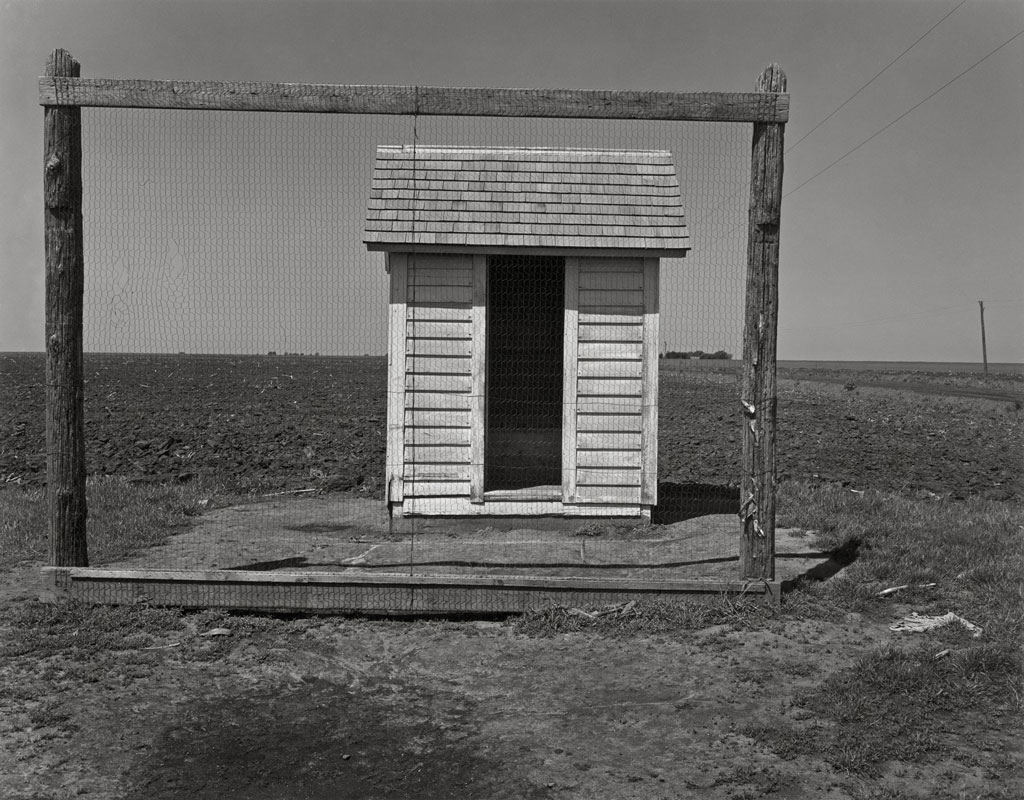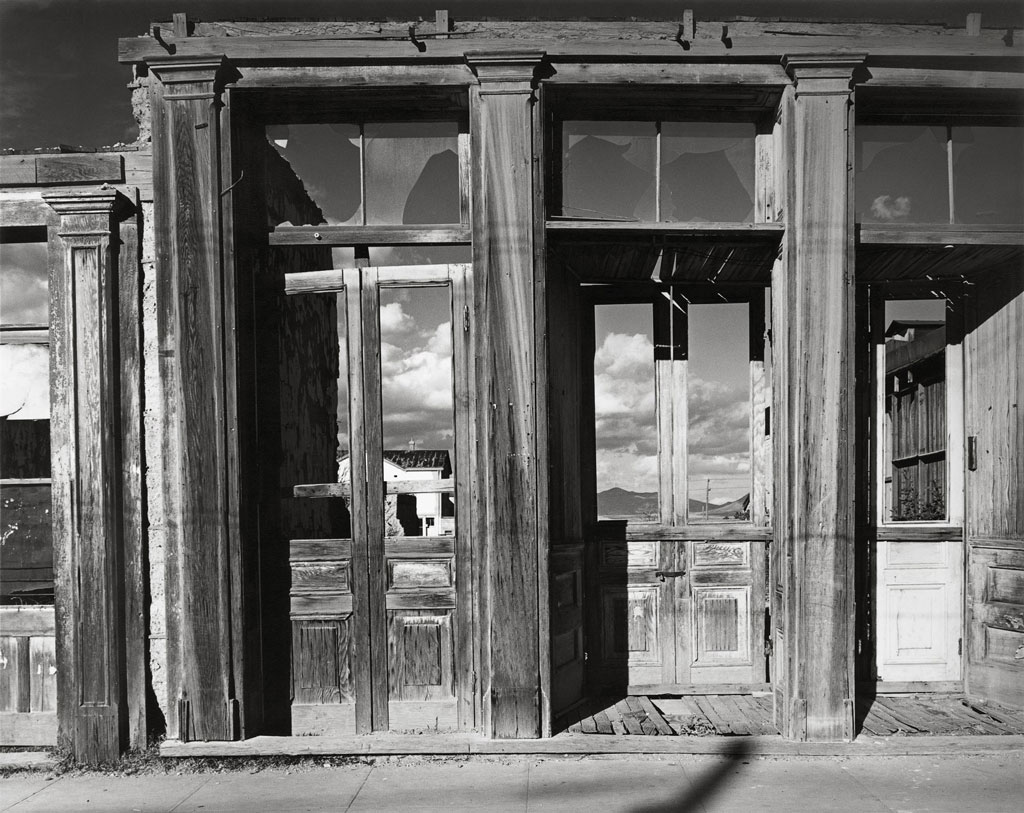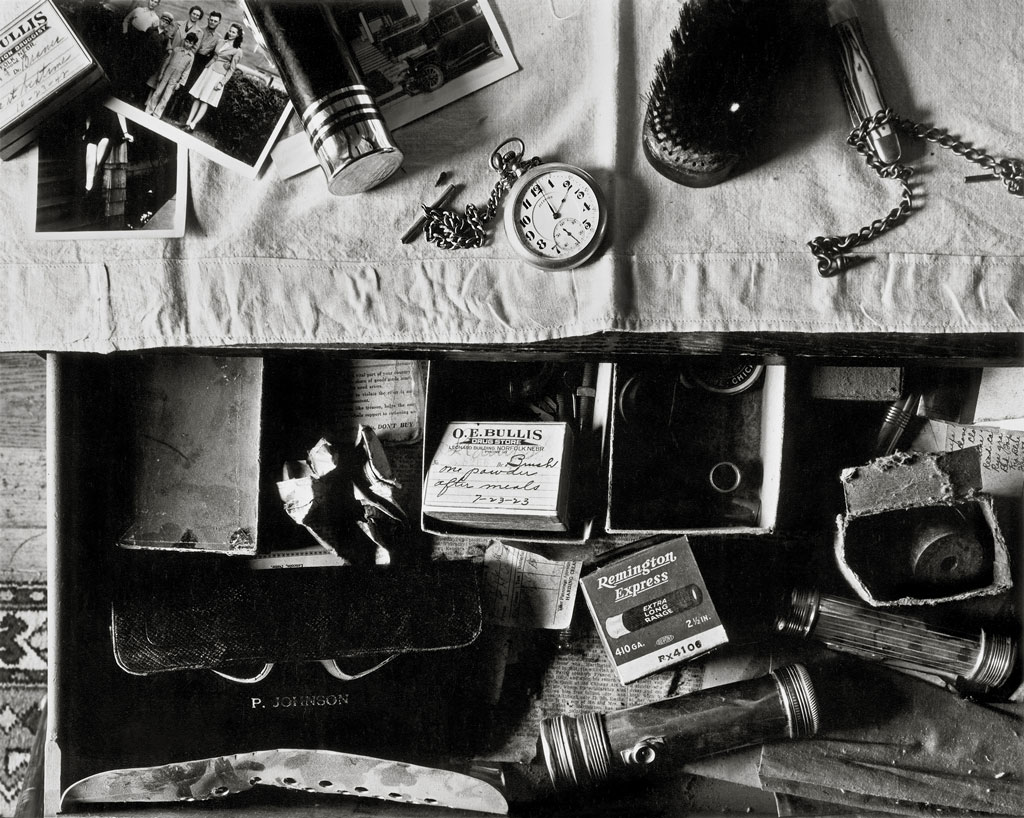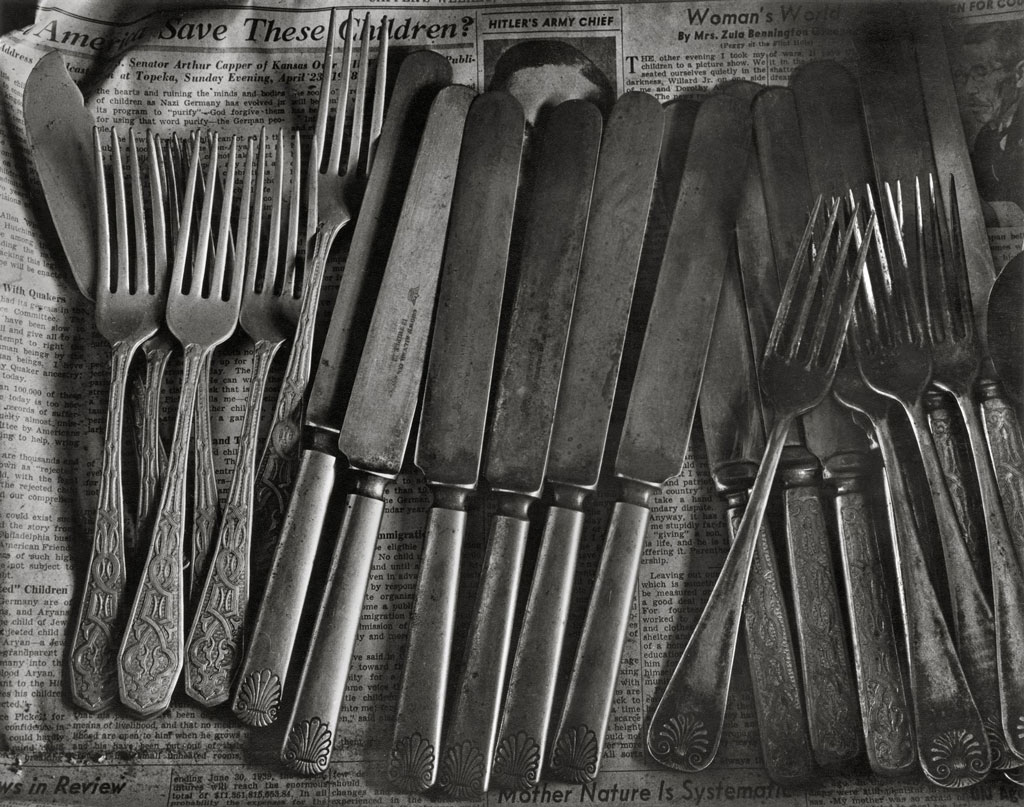PHOTO:Wright Morris-The Home Place
 Wright Morris was a renowned writer and affective photographer. Pairing photographs with his own writing, Morris pioneered a new tradition of “photo-texts” in the 1940s that proved highly influential to future photographers. Devoid of figures, his photographs depict everyday objects and atmosphere. Morris’s poetic images exist in a fictional narrative, but reference documentary style.
Wright Morris was a renowned writer and affective photographer. Pairing photographs with his own writing, Morris pioneered a new tradition of “photo-texts” in the 1940s that proved highly influential to future photographers. Devoid of figures, his photographs depict everyday objects and atmosphere. Morris’s poetic images exist in a fictional narrative, but reference documentary style.
By Dimitris Lempesis
Photo: Foam Archive
“The Home Place”, the first-ever exhibition in the Netherlands of Wright Morris is on show at Foam. As well as being a writer, Morris devoted a short period of his life to photography. In his own distinctive way, he portrayed the poverty and decline that plagued the United States in the 1930s and 40s. Although relatively unknown, and overshadowed by his prize-winning literature, his photographs are on a par with other iconic photographers of the time. The first thing that stands out about Morris’ photographs is the absence of people. He typically photographed still-lifes of everyday objects that exuded an atmosphere of poverty and decline. Abandoned houses, dilapidated silos, everyday home interiors and deserted landscapes embody impermanence and the passage of time. His work is semi-autobiographical, combining classic documentary photography with fictional storytelling. His work therefore hovers between fact and fiction, which was highly unusual in his time. The exhibition centers on his books “The Inhabitants” (1946), “The Home Place” (1948) and “God’s Country and My People” (1968). It is a unique approach to documenting the harsh reality of life in America’s rural areas in the aftermath of the Great Depression of the 1930s. Morris’s photographic oeuvre is often compared to that of Walker Evans and Dorothea Lange, who were active in the same period. However, in contrast to their documentary-style nature to similar themes, Morris took a more personal approach. His photographs can be interpreted as a re-examination of his own boyhood. Following his father’s death, Morris became captivated by his own origins and took to visiting the people and places he remembered from his youth. This explains why his photographs are often set in his birthplace of Nebraska.
Wright Morris grew up in Nebraska. His mother died within a week of his birth, and his father was often absent. Morris roamed across the United States as a young man and then traveled in Europe, where he became interested in literature. He returned to the United States shortly before World War II started and began experimenting with both photography and prose, an effort that gained expression in works combining photographs and text. An excellent example of these is “The Inhabitants” (1946), which has Morris’s running commentary on Henry David Thoreau juxtaposed with his photographs of buildings expressive of history and character. An acute observer of American character, Morris used sharp details, subtle irony, and multiple perspectives to explore obliquely the idiosyncracies and failed lives of people from small Midwestern towns. Morris’s wanderings across America in the 1920s and ’30s led to his first novel, “My Uncle Dudley” (1942), in which a group of people travel cross-country by car. He went on to write 19 more novels. The publication of “God’s Country and My People” in 1968, with its fusion of text and image, came 22 years after Morris created “The Inhabitants” (1946): the “first work in photofiction” and the first volume in his evocative photobook trilogy. Its sequel “The Home Place” (1948) further revolutionized this new form. For after his original publisher refused to print his next novel as a photobook, omitting Morris’ photographs from “The World in the Attic” (1949), the writer/photographer would have to wait two decades for the publication of God’s Country and My People, this critically praised “capstone of his photo-text trilogy.” Reflecting a growing appreciation for Morris’ photography that was led by MoMA curator John Szarkowski, “God’s Country and My People” contains 34 images published in book form for the first time, with 50 incorporated from the first two photobooks.
Info: Curator: Agnès Sire, Foam, Keizersgracht 609, Amsterdam, Duration: 24/1-5/4/20, Days & Hours: Mon-Wed & Sat-Sun 10:00-16:00, Thu-Fri 10:00-21:00, www.foam.org




